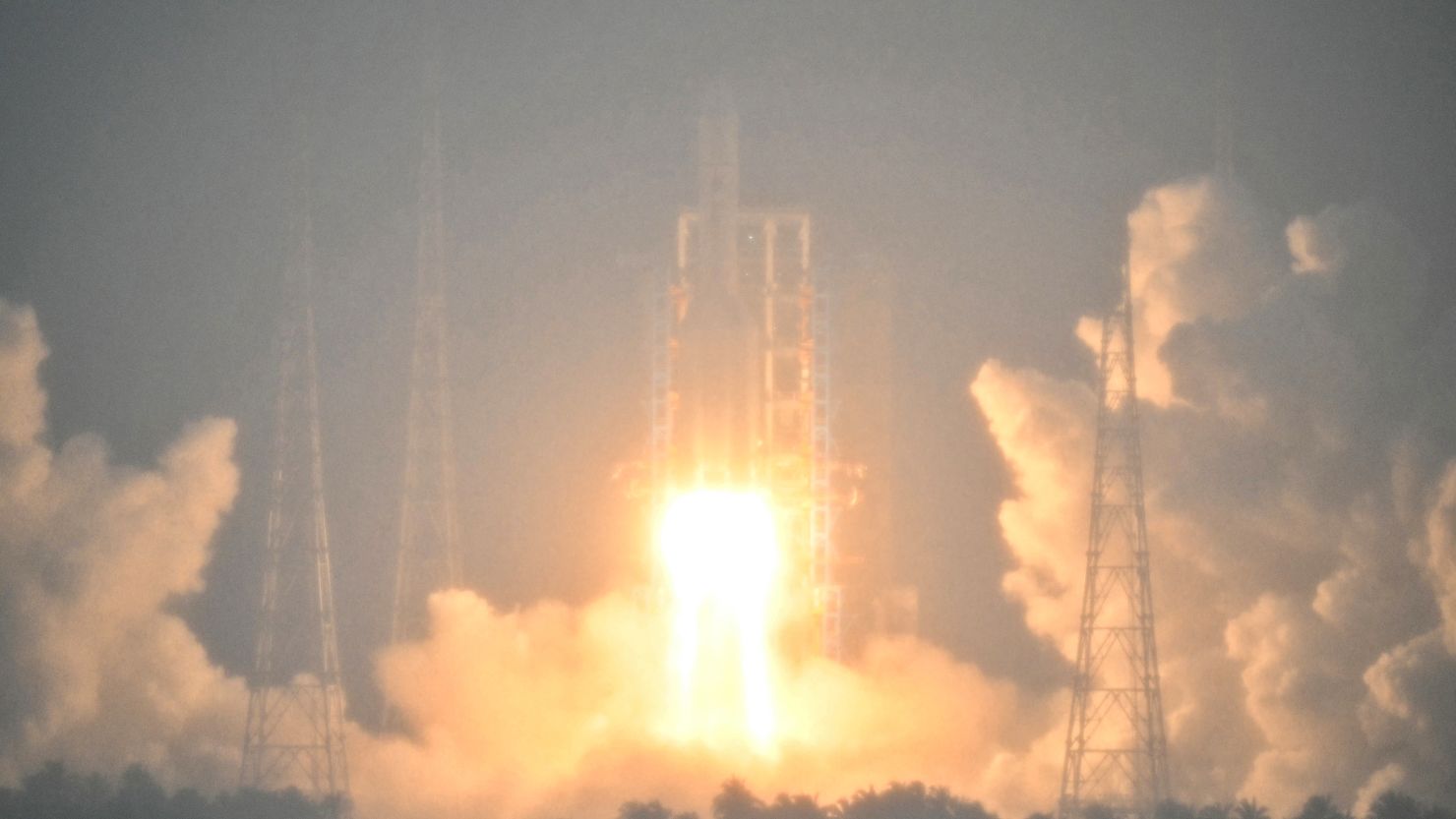We know very little about the star of our solar system, and although the technology we currently have is still very limited. If we talk about galactic explorations, the progress made by science has not been in vain.
Since 2018, The National Center for Aeronautics and Space AdministrationNASA, also known by its English acronym, launched a mission into space to achieve one of the most difficult goals proposed by this organization: they sent a space probe to the Sun to collect information from it.
the Parker Solar Probe, a mission planned with the sole aim of getting to know the Sun closely, has been a complete success since its launch, even breaking a series of records. This probe was specially designed to withstand the extreme temperatures radiated by the Sun, just to give humans information about our star.
This high-tech probe constantly raises a topic of conversation among the scientific community, because it provides us with information about the atmosphere of this star and how space weather works.
In recent days, on September 27, NASA announced that the Parker Solar Probe will break another record, and it also provided new and important information to the experts behind this technology.
This is the seventeenth time that the probe has dived into the solar atmosphere, and it has broken unprecedented records, as this probe has officially become the closest human-made object to the sun, at an approximate distance of 7.26 million kilometers from its surface.
It also became the fastest object produced by man in history, as its approximate speed reached 635,266 kilometers per hour, which is an insane speed! The ability to reach this speed can only be thanks to the planet Venus, as the gravity of this planet was used to boost the speed of this solar probe.
There is no doubt that these achievements are impressive, and even more so, because this probe created by our species was able to withstand part of the power of the Sun. Likewise, these increasingly closer dives to the Sun will also give us information about the solar wind’s energy.
Even at the beginning of September, the Parker Probe flew through the Coronal Mass Ejection, also known by its English acronym, CME, and not only that, it was one of the most massive solar flares we have ever seen. Years.
Thanks to this event, and the fact that the probe is still in operation, it has become possible to verify a theory that has been worrying scientists for decades, as it has been confirmed that CMEs interact with interstellar dust, although there is still a lot to analyze. In this regard, experts have already begun to work.
Finally, NASA confirmed that after the massive events, the probe is still in perfect condition to continue working, in addition to that on October 1, the probe will send data on its condition and the dives it has recently carried out to the Applied Physics Laboratory at Jones. Hopkins, which is located in the state of Maryland, USA.
This achievement has set a precedent for what humans are capable of achieving, and this will only bring us more scientific and technological progress, which will take us very far in the knowledge we have long sought to find.
Share science, share knowledge.

“Proud web fanatic. Subtly charming twitter geek. Reader. Internet trailblazer. Music buff.”

:format(jpeg):focal(2190x1225:2200x1215)/cloudfront-us-east-1.images.arcpublishing.com/gfrmedia/5CMPLUG255GIJK4RVZIWZY6ZIE.jpg)






More Stories
China has launched its most complex robotic lunar mission to date, as the space race with the United States intensifies.
The secret to changing your cell phone wallpaper automatically
Why does a cell phone have a better chance of being saved when dropped from an airplane than from a kitchen table?